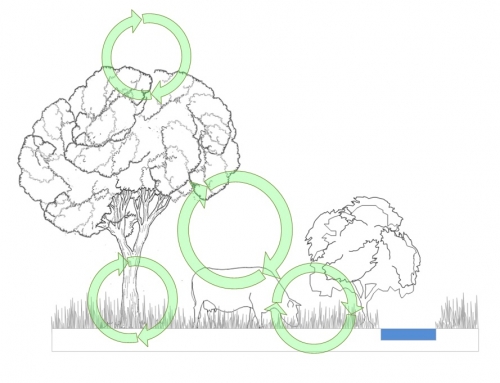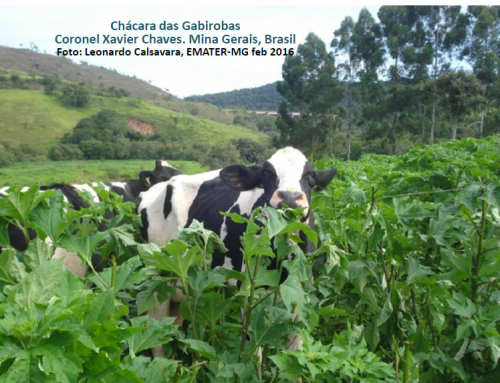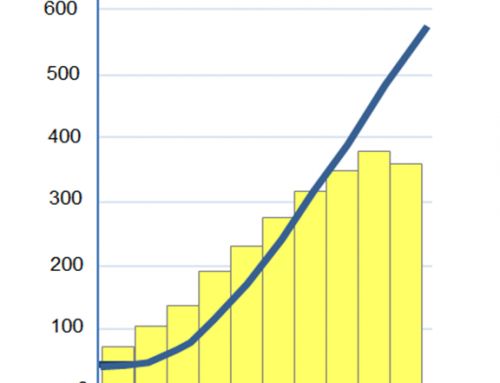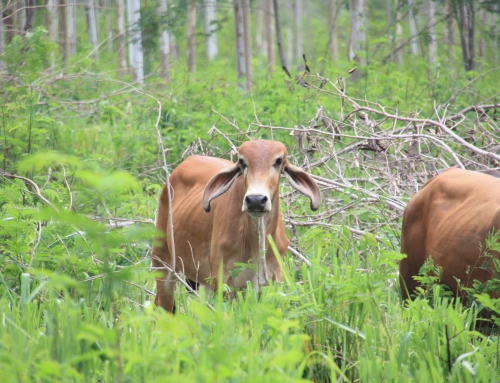One of the first visible results at SPS implementation has been on forage production (quantity and the quality). Measured in tonnes of dry matter per hectare, forage production has increased by an average of 700% (7 times) over the initial situation, and by the third year it had doubled from 3 to 6 Ton.DM/Ha.
The quality increase of forage is verified in a higher digestibility and more energy, protein and other nutrients available. This allowed increasing 5 times the number of animals, resulting in a higher and more efficient production of meat per ha.
Land productivity – measured in kg of meat per hectare – shows an average increase of 450% (4.5 times) after stabilizing the adoption of SPS.
This increase in biodiversity played an important role in the biological control of pests. On the other hand, increased biomass and vegetation cover reduced the effects of soil erosion, while changes in the water cycle – with highest retention and groundwater’s use – decreased the risks of drought.
The availability of forage shrubs and their coexistence with pastures increased organic matter and nutrients in the soil. On the other hand the presence of nitrogen fixation legumes and the constant rotation of cattle eliminated the need for nitrogen fertilizers.
CO2 emission was reduced by 15%, comparing Base Line measurements with SPS already implanted.





Leave A Comment